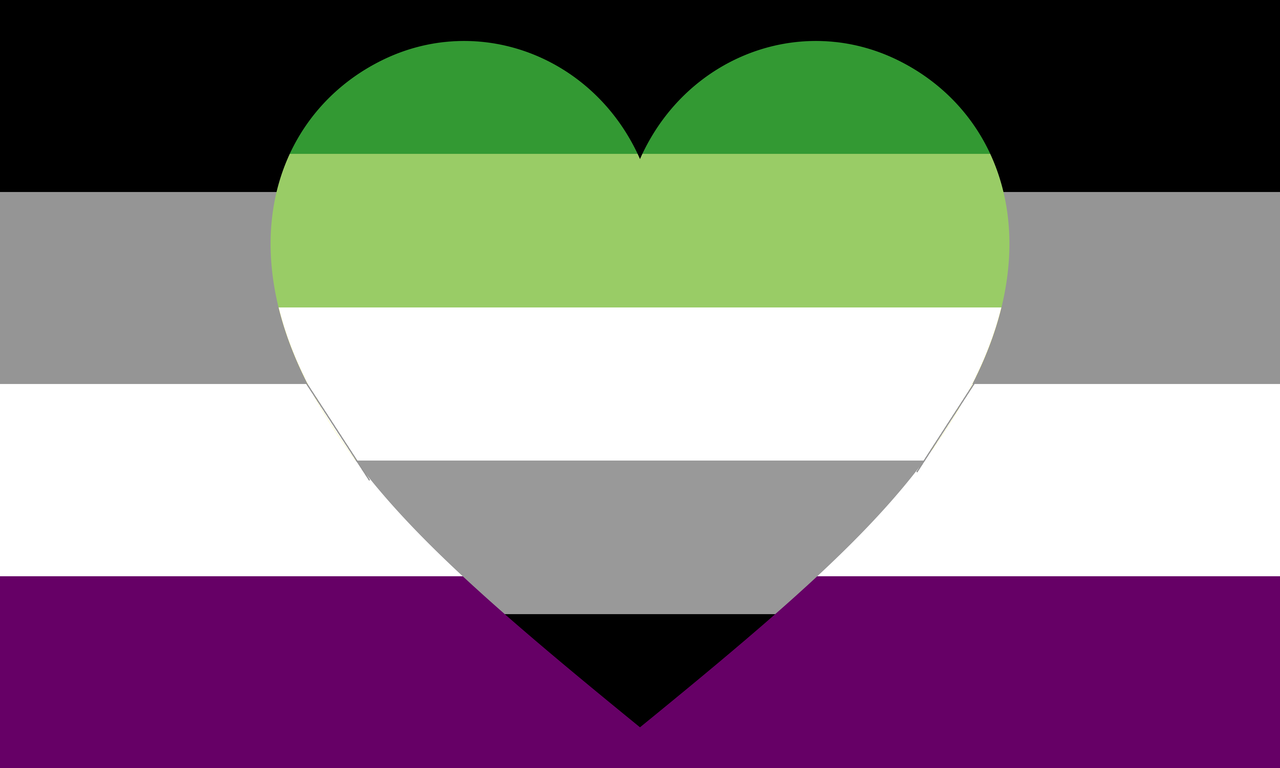
Asexuality is a sexual orientation where individuals experience little to no sexual attraction to others. Unlike celibacy, which is a choice, asexuality is an inherent part of who someone is. Asexual people might still form deep emotional connections, enjoy romantic relationships, or even have a desire for companionship. They simply don't feel sexual attraction. This orientation exists on a spectrum, with some asexual individuals experiencing occasional sexual attraction under specific circumstances. Understanding asexuality helps foster a more inclusive society where everyone feels seen and respected. Let's dive into 20 fascinating facts about asexuality that will broaden your perspective on this often misunderstood orientation.
Understanding Asexuality
Asexuality is a sexual orientation where individuals experience little to no sexual attraction. It's often misunderstood, so let's dive into some key facts to better understand it.
-
Asexuality is a Spectrum
Asexuality isn't black and white. Some asexual people might experience romantic attraction, while others don't. This spectrum includes demisexuals, who only feel sexual attraction after forming a strong emotional bond. -
Asexuality is Different from Celibacy
Celibacy is a choice to abstain from sex, often for personal or religious reasons. Asexuality, on the other hand, is an inherent lack of sexual attraction, not a choice. -
Asexual People Can Have Relationships
Asexual individuals can and do form romantic relationships. They might seek emotional intimacy, companionship, and love, just without the sexual aspect. -
Asexuality is Not a Medical Condition
Being asexual isn't a disorder or something that needs to be "fixed." It's a valid sexual orientation, just like being heterosexual or homosexual.
Common Misconceptions
Misunderstandings about asexuality are widespread. Here are some common myths and the truths behind them.
-
Asexual People Aren't "Broken"
Asexuality isn't a sign of trauma or a medical issue. It's simply a different way of experiencing attraction. -
Asexuality Doesn't Mean Anti-Sex
Some asexual people might still enjoy sex or engage in it for various reasons, like pleasing a partner or having children. It's about the lack of sexual attraction, not aversion to sex itself. -
Asexuality Isn't a Phase
Asexuality is a legitimate orientation, not something people "grow out of." Many asexual individuals realize their orientation in their teens or early adulthood and remain asexual throughout their lives.
Asexuality in Society
Asexuality is gaining recognition, but there's still a long way to go. Here are some societal aspects of asexuality.
-
Asexual Visibility and Education Network (AVEN)
AVEN is a prominent organization that provides resources and support for asexual individuals. It also works to increase awareness and understanding of asexuality. -
Asexuality in Media
Representation of asexual characters in media is growing. Shows like "Bojack Horseman" and "Sex Education" have featured asexual characters, helping to normalize the orientation. -
Asexual Pride
Asexual individuals have their own pride flag, featuring black, gray, white, and purple stripes. These colors represent asexuality, demisexuality, and the broader asexual community.
Asexuality and Relationships
Relationships involving asexual individuals can be unique. Here are some insights into how they navigate these connections.
-
Communication is Key
Open and honest communication is crucial in relationships involving asexual individuals. Partners need to discuss their needs, boundaries, and expectations. -
Romantic vs. Sexual Attraction
Asexual people might still experience romantic attraction. They can fall in love and desire romantic relationships, even if they don't feel sexual attraction. -
Compromise and Understanding
In mixed-orientation relationships, compromise and understanding are vital. Partners need to find a balance that respects both individuals' needs and boundaries.
Asexuality and Identity
Asexuality is an important part of many people's identities. Here are some aspects of how it intersects with other parts of their lives.
-
Intersectionality
Asexual individuals can also identify with other orientations and gender identities. Intersectionality plays a significant role in their experiences and challenges. -
Coming Out as Asexual
Coming out as asexual can be challenging due to widespread misconceptions. Support from friends, family, and the asexual community can make a big difference. -
Asexuality and Mental Health
Asexual individuals might face mental health challenges due to societal pressure and misunderstanding. Supportive communities and mental health resources are essential.
Asexuality and Society's Expectations
Society often has rigid expectations about relationships and sexuality. Asexual individuals navigate these norms in unique ways.
-
Challenging Norms
Asexual individuals challenge societal norms about relationships and sexuality. They show that fulfilling lives and relationships don't require sexual attraction. -
Asexuality and Marriage
Some asexual individuals choose to marry, while others don't. Marriage can be based on emotional intimacy, companionship, and mutual support rather than sexual attraction. -
Parenting as Asexual
Asexual individuals can be parents. They might choose to have children through various means, including adoption or assisted reproductive technologies. -
Asexuality and Friendship
Friendships can be incredibly important for asexual individuals. These relationships provide emotional support, companionship, and intimacy without the sexual aspect.
Final Thoughts on Asexuality
Asexuality is a valid and diverse sexual orientation. It’s not about being broken or needing to be fixed. People who identify as asexual experience little to no sexual attraction, and that’s perfectly okay. Understanding and respecting this orientation helps create a more inclusive society. Remember, asexuality exists on a spectrum, with some individuals experiencing romantic attraction while others may not. Awareness and education are key to breaking down misconceptions and fostering acceptance. If you or someone you know identifies as asexual, know that you’re not alone. There’s a growing community and plenty of resources available for support. Embrace the diversity of human experiences and continue to learn about different orientations. It’s all part of building a more understanding world.
Was this page helpful?
Our commitment to delivering trustworthy and engaging content is at the heart of what we do. Each fact on our site is contributed by real users like you, bringing a wealth of diverse insights and information. To ensure the highest standards of accuracy and reliability, our dedicated editors meticulously review each submission. This process guarantees that the facts we share are not only fascinating but also credible. Trust in our commitment to quality and authenticity as you explore and learn with us.


